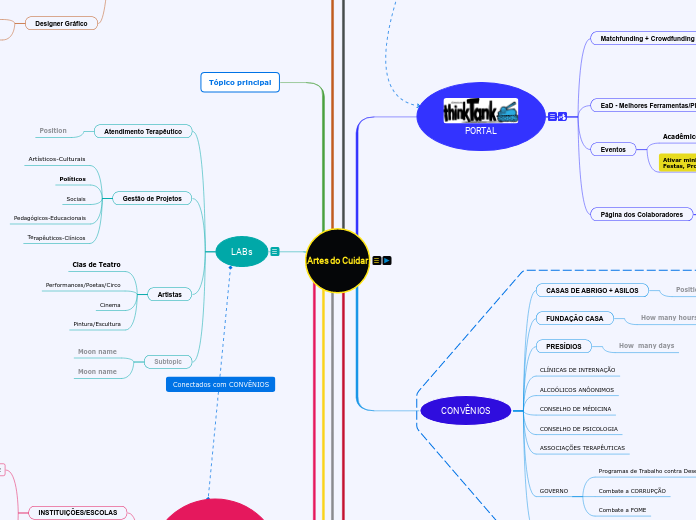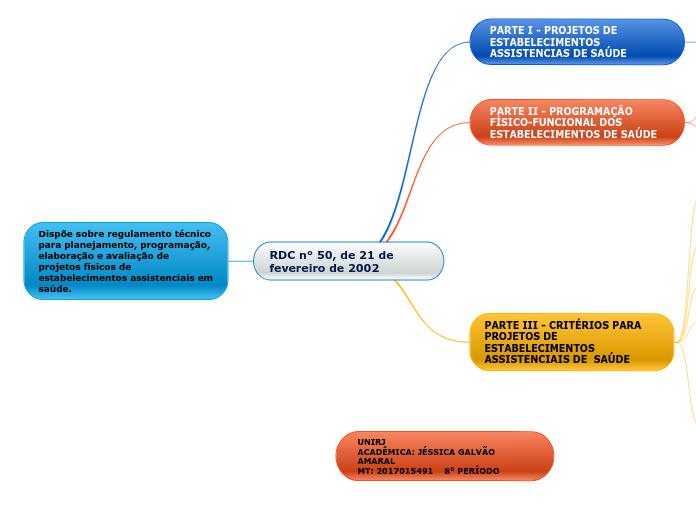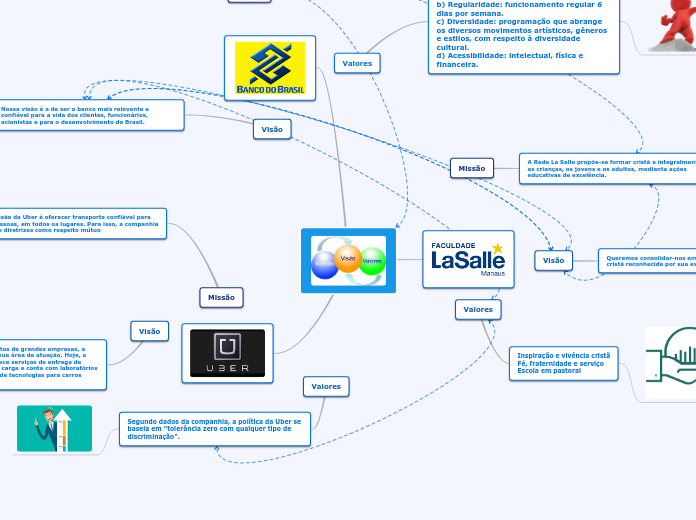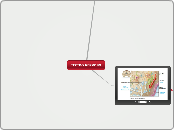Artes do Cuidar
PROGRAMA INTERNACIONAL DE EMERGÊNCIAS E TRAGÉDIAS
The Solar System is the gravitationally bound system of the Sun and the objects that orbit it, either directly or indirectly. Of the objects that orbit the Sun directly, the largest are the eight planets, with the remainder being smaller objects, the dwarf planets, and small Solar System bodies.
CONTRAPARDIA LEI EMERGENCIAL
PROBONO
Saturn is known most for its rings.
Galileo Galilei first thought it was an object with three parts: a planet and two large moons on either side.
Not knowing he was seeing a planet with rings, the stumped astronomer entered a small drawing — a symbol with one large circle and two smaller ones — in his notebook.
The rings are made of ice and rock and scientists are not yet sure how they formed. The gaseous planet is mostly hydrogen and helium.
Moons
Saturn has over 150 moons and satellites. However, of these vast numbers of moons, only 62 are known and confirmed as moons.
Name at least 5 of these moons.
Empresas com Ações Voluntariado
How long does it take for Saturn to go around the sun?
UNIVERSIDADES
A planet's day is the time it takes the planet to rotate or spin once on its axis.
Write down Saturn's day measured in Earth days.
Criar Convênios com Supervisão/Estágios
INSTITUIÇÕES/ESCOLAS
Des. Humano
CNV - Comunicação Não Violenta
Inteligência Emocional
Mentoria/Coach
PNL
SAÚDE
Psicologia Positiva
Psicodrama
Filosofa Clínica
Psicologia Comportamental-Cognitiva
Medicina Comportamental
LABs
TECNOLOGIAS SOCIAIS
Uranus is an oddball. It has clouds made of hydrogen sulfide, the same chemical that makes rotten eggs smell so foul.
It rotates from east to west like Venus. Its tilt causes extreme seasons that last 20-plus years, and the sun beats down on one pole or the other for 84 Earth-years at a time.
Methane in the atmosphere gives Uranus its blue-green tint. It also has 13 sets of faint rings.
Subtopic
Uranus has 27 moons that we know of. Five of the moons are large and the rest are much smaller.
Name these 5 moons.
Artistas
How long does it take for Uranus to go around the sun?
Pintura/Escultura
Cinema
Performances/Poetas/Circo
Cias de Teatro
Gestão de Projetos
A planet's day is the time it takes the planet to rotate or spin once on its axis.
Write down Uranus's day measured in Earth days.
Terapêuticos-Clínicos
Pedagógicos-Educacionais
Sociais
Políticos
Artísticos-Culturais
Atendimento Terapêutico
Tópico principal
Guia de GRANTMAKING
Jupiter is a giant gas world that is the most massive planet in our solar system.
Its swirling clouds are colorful due to different types of trace gases.
And a major feature in its swirling clouds is the Great Red Spot, a giant storm more than 10,000 miles wide. It has raged at more than 400 mph for the last 150 years, at least.
Jupiter has a strong magnetic field, and with 75 moons, it looks a bit like a miniature solar system.
Designer Gráfico
Jupiter has a strong magnetic field, and with 75 moons, it looks a bit like a miniature solar system.
Name the 4 most known moons.
Design Thinking + UX
Mapas Mentais
Canal Youtube
Cursos
TUTORIAIS
Entrevistas
Assessorias
How long does it take for Jupiter to go around the sun?
Professores Universitários
Contadores Voluntários
Associações
Captadores de Recursos
Conselhos de Classe
A planet's day is the time it takes the planet to rotate or spin once on its axis.
Write down Jupiter's day measured in Earth days.
Medicina e Psicologia
Administração
Contabilidade
Governo
Leis de Incentivo
PARCERIAS (Rever)
Desafio:
Implantar o projeto através do PROBONO
Conquistas:
Riscos:/Cuidados:
Mars is a cold, desert-like place covered in dust. This dust is made of iron oxides, giving the planet its iconic red hue.
Mars shares similarities with Earth: It is rocky, has mountains, valleys and canyons, and storm systems ranging from localized tornado-like dust devils to planet-engulfing dust storms.
Prospectar
AGÊNCIAS/ESCOLAS DE MARKETING
DESING THINKING
Movimento Global GAIA
FLUXONOMIA 4D
Rever/Renegociar
HIPNOTERAPIA
Campinas
PNL - CONSTELAÇÃO FAMILIAR
CNV
PSICOLOGIA POSITIVA
Fechadas
TEATRO LIBERTÁRIO
COACH DE RESILIÊNCIA
Mars has two small moons.
Name these moons.
Moon name
KOMITE 0 - UNIVERSIDADE LIVRE
How long does it take for Mars to go around the sun?
EMPRESAS - B
A planet's day is the time it takes the planet to rotate or spin once on its axis.
Write down Mars's day measured in Earth days.
CAPITALISMO CONSCIENTE
CONVÊNIOS
Earth is a water world, with two-thirds of the planet covered by oceans.
It's the only world known to harbor life.
Earth's atmosphere is rich in nitrogen and oxygen.
Its name originates from 'Die Erde,' the German word for 'the ground.'
Earth may once have had two moons, nowadays it has just one.
Escolas de PSICANÁLISE
GOVERNO
Combate a FOME
Combate a CORRUPÇÃO
Programas de Trabalho contra Desemprego
ASSOCIAÇÕES TERAPÊUTICAS
CONSELHO DE PSICOLOGIA
CONSELHO DE MÉDICINA
ALCOÓLICOS ANÔONIMOS
CLÍNICAS DE INTERNAÇÃO
PRESÍDIOS
How long does it take for Earth to go around the sun?
How many days
FUNDAÇÃO CASA
A planet's day is the time it takes the planet to rotate or spin once on its axis.
Write down the Earth's day in hours.
How many hours
CASAS DE ABRIGO + ASILOS
Position
PORTAL
https://www.mindomo.com/mindmap/portal-elefante-arquitetura-de-navegao-21fb1d62ab4546ccbce520a159a5813b
https://www.mindomo.com/pt/mindmap/21fb1d62ab4546ccbce520a159a5813b
Neptune is about the size of Uranus and is known for supersonic strong winds.
Neptune is far out and cold.
The planet is more than 30 times as far from the sun as Earth.
Neptune was the first planet predicted to exist by using math, before it was visually detected. Neptune is about 17 times as massive as Earth and has a rocky core.
Página dos Colaboradores
Neptune has thirteen moons that we know of and one more waiting for confirmation.
The largest moon is slightly smaller than Earth's Moon and has active volcanoes which erupt like geysers and eject nitrogen frost over the surface.
Name this moon and at least 4 others.
Equipe Coordenadora/Téc.
Instituições
Voluntáros
Eventos
How long does it take for Neptune to go around the sun?
Ativar minharede de network com Festas, Produtores e Djs
Acadêmicos/Cientifícos
Event3.com.br
EaD - Melhores Ferramentas/Plugins
A planet's day is the time it takes the planet to rotate or spin once on its axis.
Write down Neptune's day measured in Earth days.
How many Earth days
Matchfunding + Crowdfunding
CHARITAS
ABACASHI
CARTASE
APOIA-SE
KIKANTE
Empresas Juniores
MODELO DE CONTRATO
Mercury is the smallest, only a little bit larger than Earth's moon. Mercury has no moon.
It experiences dramatic changes in its day and night temperatures: Day temperatures can reach a scorching 840 F (450 C), which is hot enough to melt lead. Meanwhile, on the night side, temperatures drop to minus 290 F (minus 180 C).
It also has a very thin atmosphere of oxygen, sodium, hydrogen, helium, and potassium and can't break-up incoming meteors, so its surface is pockmarked with craters, just like the moon.
Contratos e Propostas (apresentadas)
Ejr Designer - Mackenzie
https://www.youtube.com/watch?v=YYuOHx51Ffc
ll
● Fase 1: Imersão e contextualização
● Fase 2: Estruturação das linhas de negócio
● Fase 4: Plano de Captação de Recursos
● Fase 5: Comunicação e Identidade Visual
Obs: foi retirada e transferido para Ejr Mackenzie.
● Fase 6: Estruturação Administrativa
● Fase 7: Finalização do projeto de consultoria
JURIDÍCA
Tecnologia
Criação do Portal e Ferramentas
SOFTWARE
Pesquisa/Estátisticas
PROTESTOS (criar aplicativo)
TEMAS + PLUGIN
Subtópico
APLICATIVO
Gestão do Projeto
How long does it take for Mercury to go around the sun?
Processos e Pessoas
Comunicação/Publicidade
A planet's day is the time it takes the planet to rotate or spin once on its axis.
Write down Mercury's day measured in Earth days.
Edição de Vídeos
Logomarca
Identidade Visual dos Projetos
Criar Campanhas
Relações Internacionais
Our Solar System has eight “official” planets which orbit the Sun.
Each planet is at a different distance from the sun. Name its position.
Criar Conteúdo para Guia









